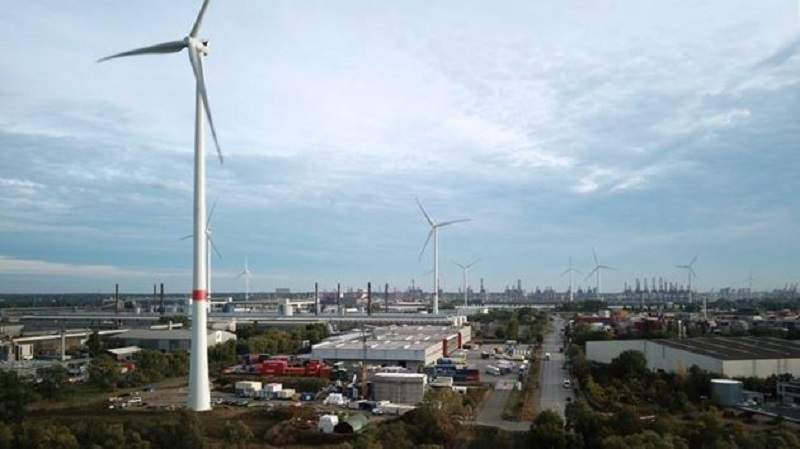
Siemens Gamesa Renewable Energy (SGRE) has revealed that its electric thermal energy storage (ETES) facility has entered the final phase of construction.
Located in Hamburg-Altenwerder, the new storage system will have the capacity to store 30MWh of energy, enough to meet the daily energy requirements of 1,500 German households.

Discover B2B Marketing That Performs
Combine business intelligence and editorial excellence to reach engaged professionals across 36 leading media platforms.
Siemens Gamesa claims that its ETES facility has the potential to reduce the “construction and operating costs of larger storage capacities to a fraction of the usual level for battery storage.”
Development of the facility has seen involvement of a team of scientists from the Institute of Thermo-fluid Dynamics from the Technical University of Hamburg, as well as the energy supplier Hamburg Energie.
The Federal Ministry of Economics and Energy is promoting storage development as part of the Future Energy Solutions project.
Slated to be commissioned next year, the facility’s stored power will be sold by Hamburg Energie in the energy markets.

US Tariffs are shifting - will you react or anticipate?
Don’t let policy changes catch you off guard. Stay proactive with real-time data and expert analysis.
By GlobalDataAdditionally, ETES will be connected to an information technology (IT) platform developed by Hamburg’s municipal energy supplier.
Siemens Gamesa noted that it has invested a large amount of research in the insulating container filled with a rockfill.
For this research project, a team from Siemens Gamesa examined the thermo-fluid-dynamic principles of bulk material storage technology, using the findings to increase capacity to the current scale.
Siemens Gamesa technology management and projects head Hasan Özdem said: “We are proud to be able to offer this important technology as a fully functional solution for our customers after just a few years of development work.
“A very interesting option of our technology is to convert decommissioned thermal power plants into high-performance storage facilities for renewable energies at a low cost.”
The new storage facility will be put through extensive tests, following which it will be integrated into regular operations.





